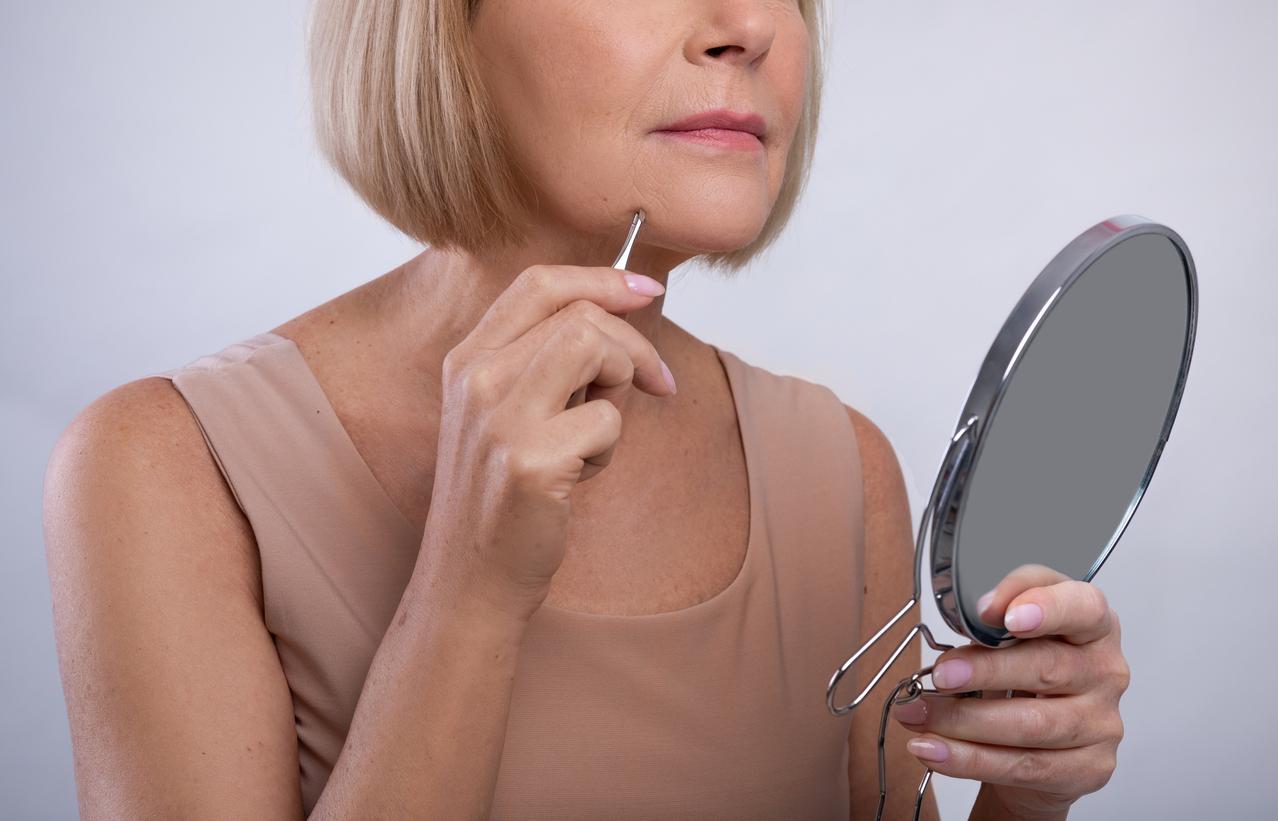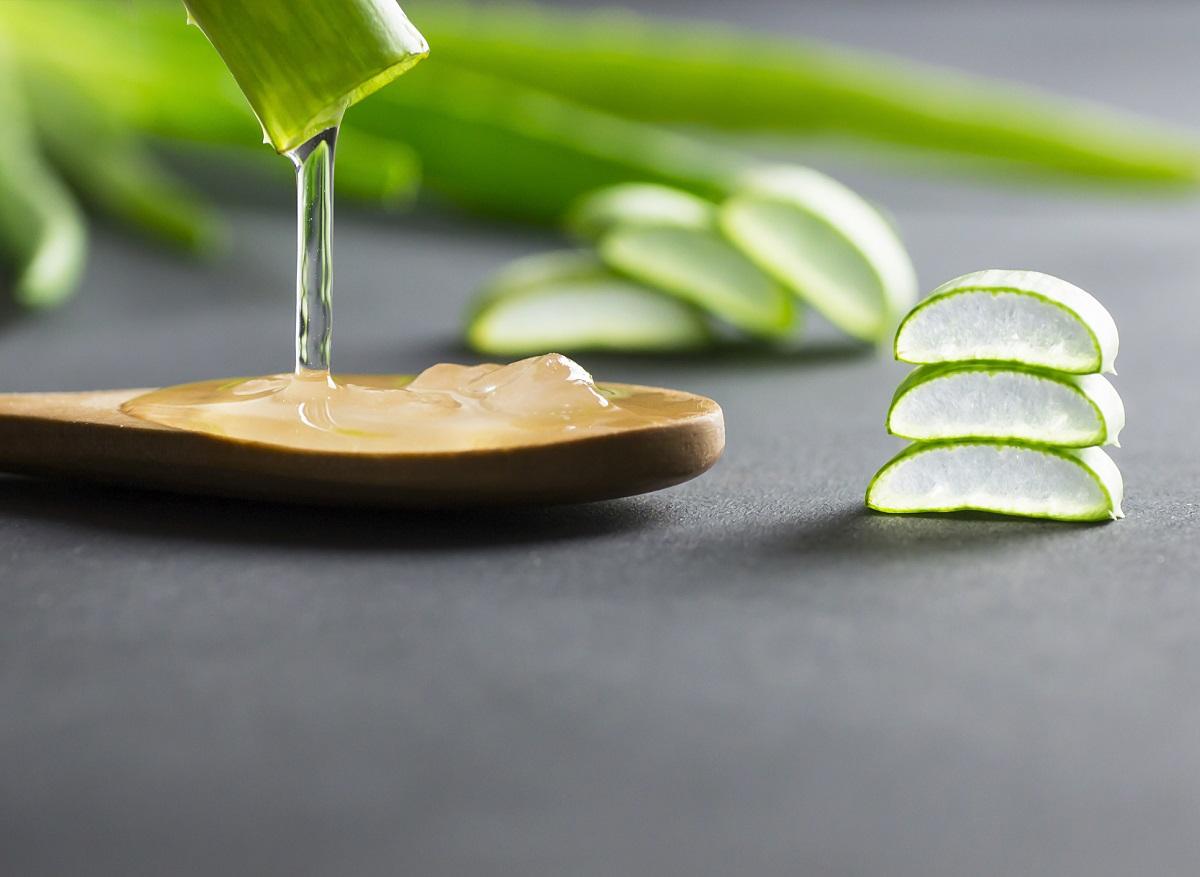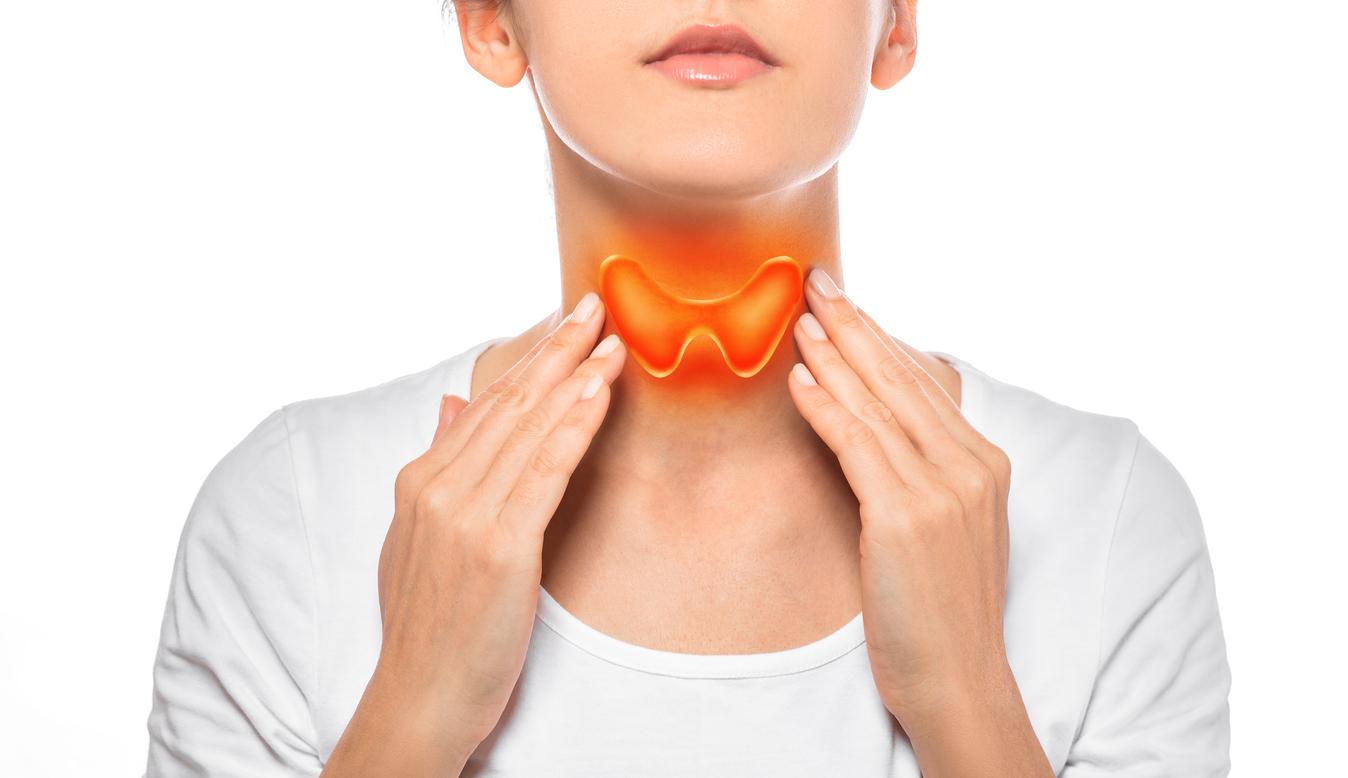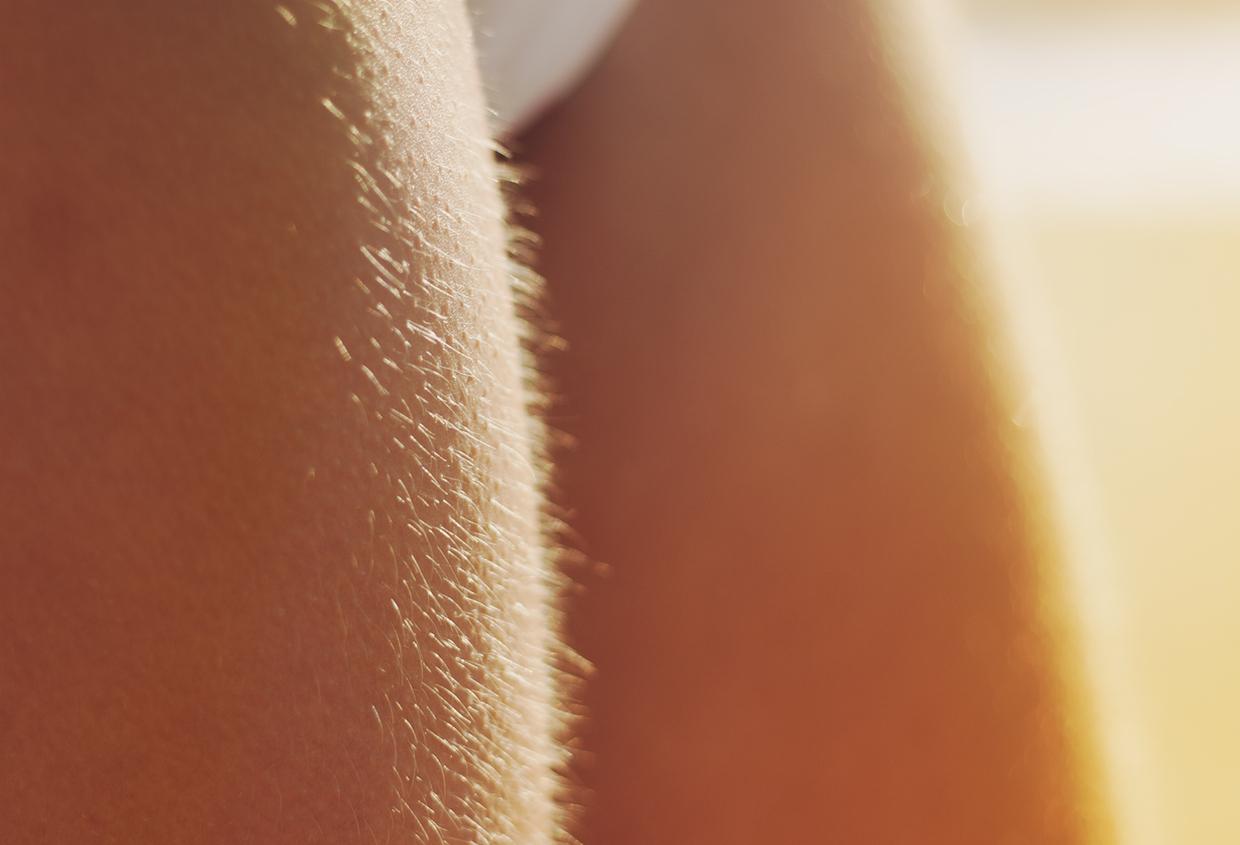In women, hormonal imbalances can result in facial hair growth, particularly on the cheeks and chin.

- Facial hair growth in women usually occurs on the cheeks and chin.
- This is due to a hormonal imbalance, which can occur around the time of menopause or pregnancy.
- The best way to get rid of these hairs is to consult your dermatologist who can tell you the best method so that they don’t grow back.
Pregnancy, menstrual cycles, menopause… Throughout their lives, women experience events that disrupt their hormones. These imbalances have numerous consequences, both psychological and physical.
Why do women’s facial hair appear?
One of the possible consequences is facial hair growth. Most often these unwanted ones appear on the cheeks and chin, that is to say areas where men also have them.
“After menopause, you have a disappearance of the female hormones, estrogen and progesterone and an increase in testosterone”explain Isabelle Rousseauxdermatologist in Lille and member of the office of National Union of Dermatologists-Venerologists (SNDV), to Our time.
To remove your facial hair, consult a dermatologist
Testosterone is the main type hormone androgen, that is to say which is at the origin of male sexual characteristics such as voice or facial hair. “The balance between female and male hormones can be in favor of testosterone: we then speak of relative hyperandrogenism”, indicates Laurence Netter, dermatologist, interviewed by Grazia.
So, when testosterone is higher than female hormones, it can promote facial hair growth. “Menopause hairs come off very easily, either with laser or electric hair removal.reassures Laurence Netter.
And it’s not just at menopause that testosterone can take over. This also sometimes happens, for some women, during their pregnancy. “When the concentration of hormones increases in the pregnant woman’s blood, hair growth may become more prominent, explains Dr. Nadia Berkane, obstetrician-gynecologist and co-author with Marie-Hélène Wesphalen of Pregnant, what if we told each other everything?, at Doctissimo. This is more common if you are expecting a boy.”The ideal is not to touch these hairs because they generally disappear after childbirth, when hormone levels return to normal.
If in doubt, it is best to consult your dermatologist, who will advise you on the best way to combat these hairs, without risking their growth.















